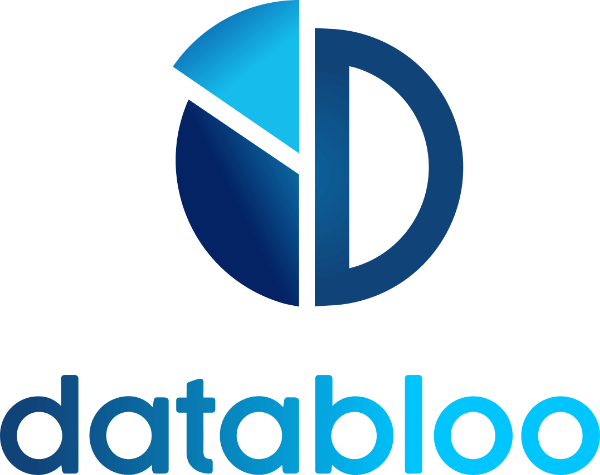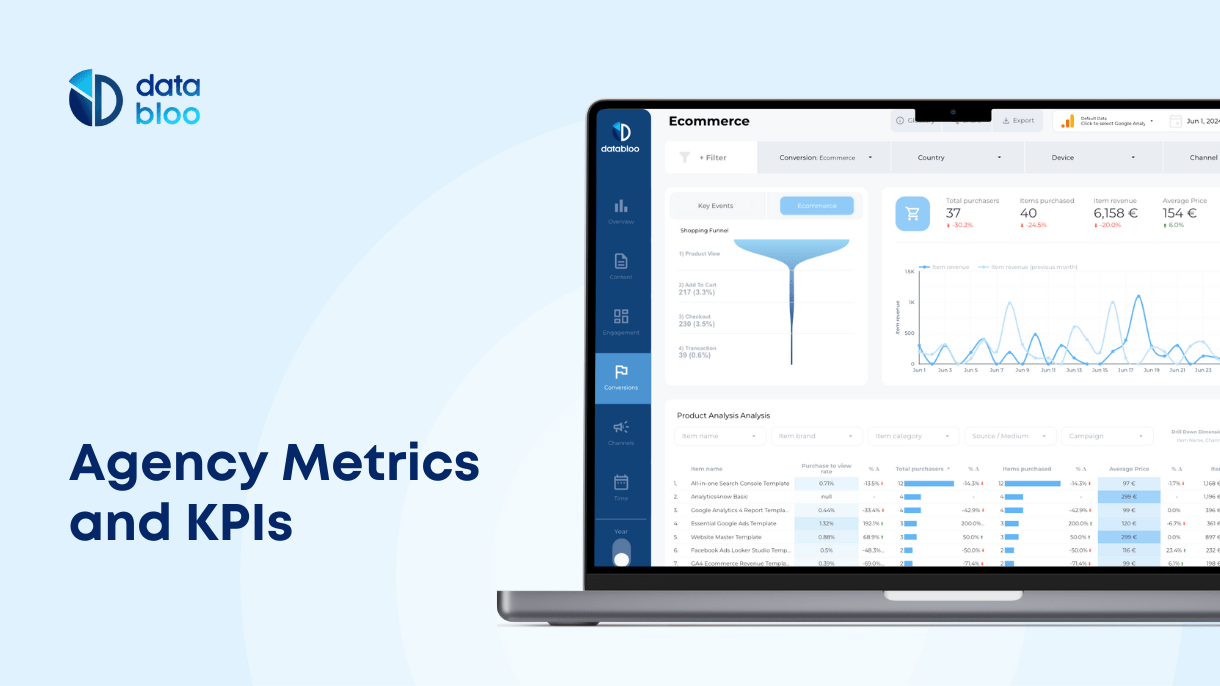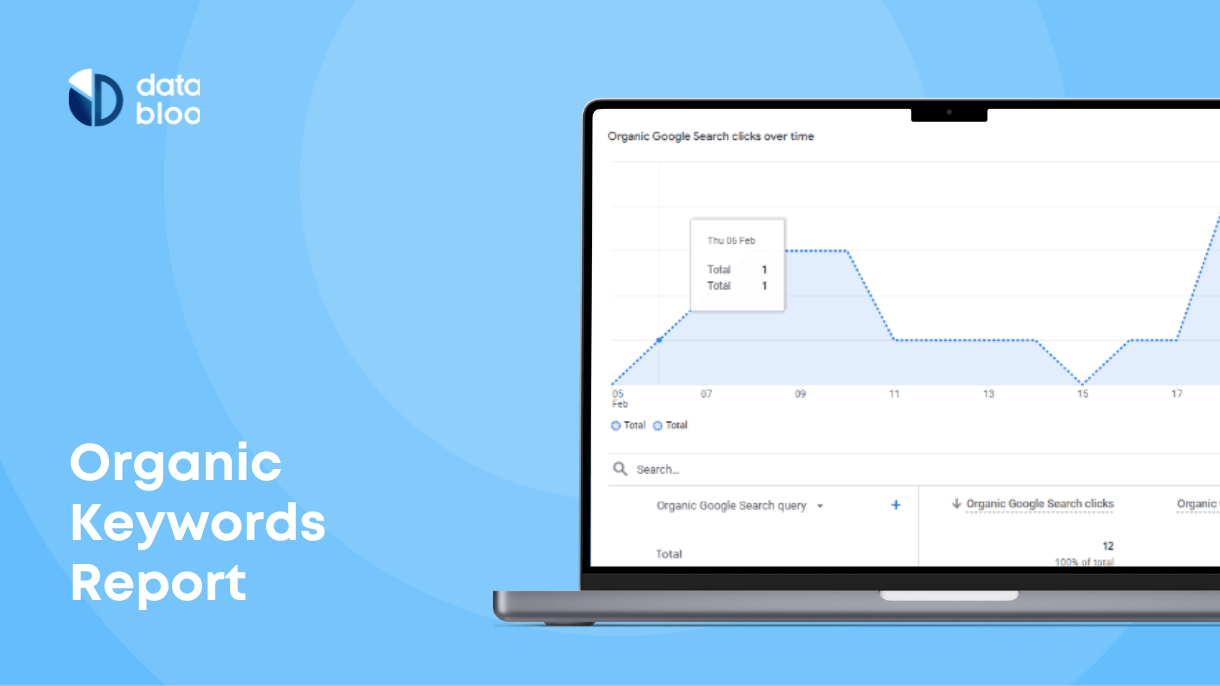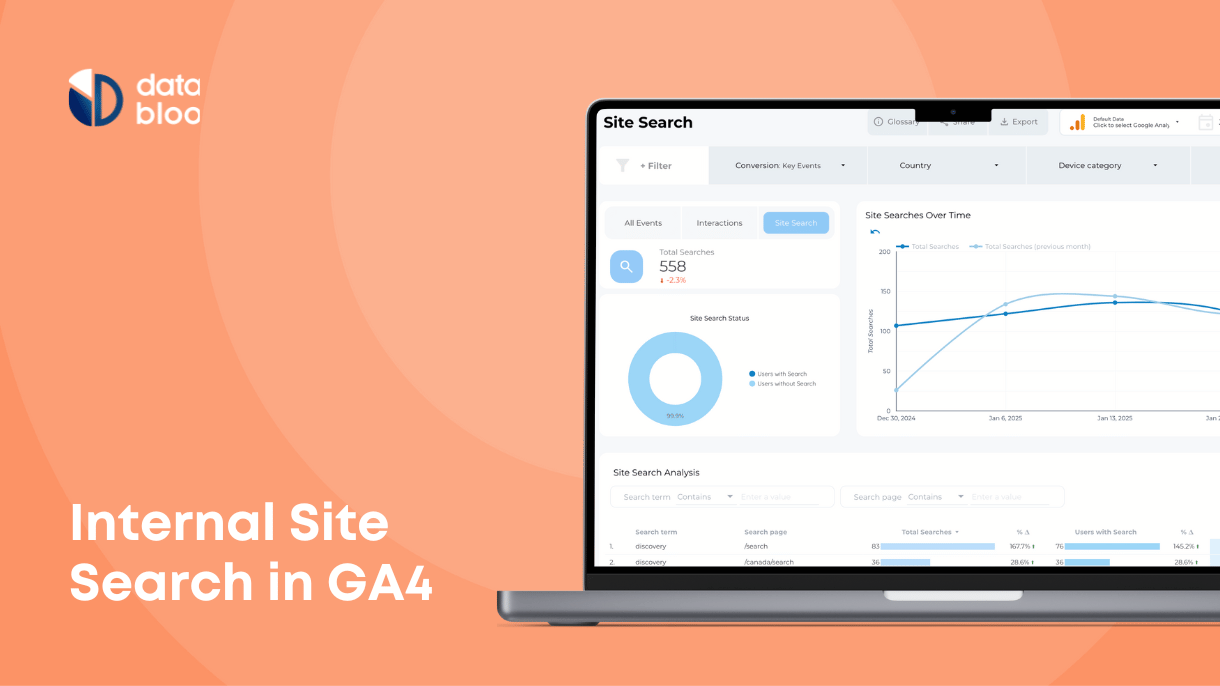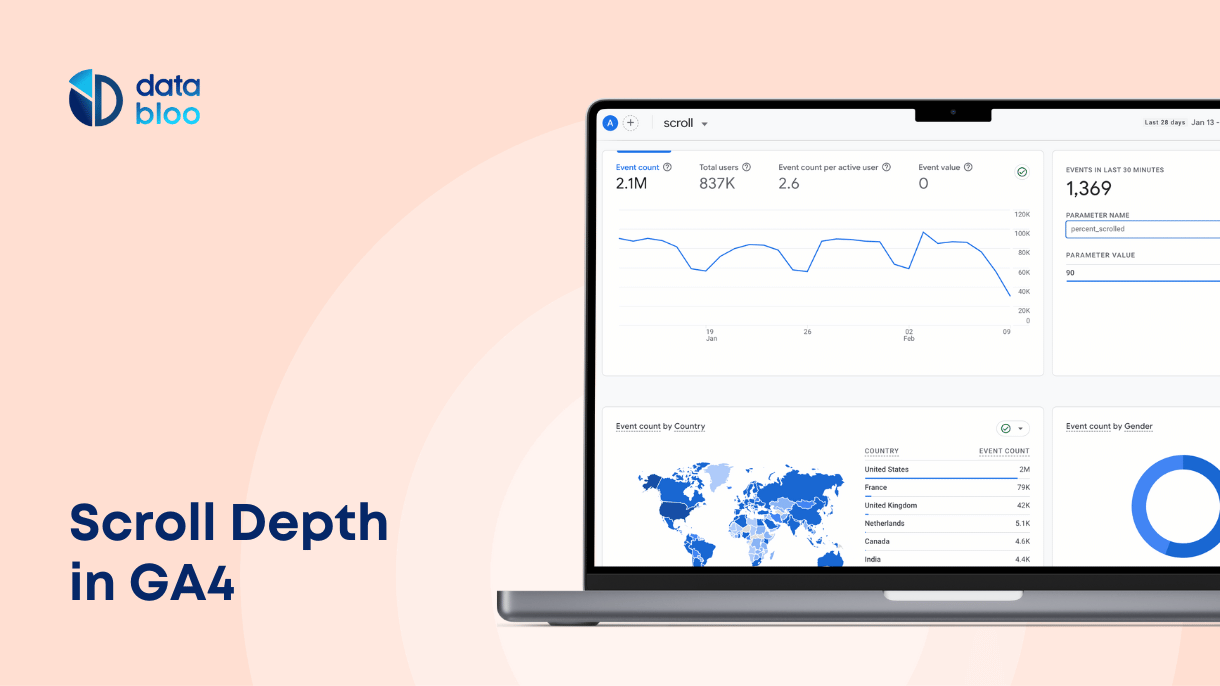Table of Contents
There are dozens, if not hundreds, of agency metrics and key performance indicators (KPIs) that you can potentially measure and track.
But which ones will tell you a complete story of how successful your agency is, how you can improve your business bottom line, and what actions you should be taking to take your operations to the next level?
In this article, we cover the most crucial (and yet, sometimes overlooked) agency metrics. For your convenience we grouped them into relevant segments to paint a full picture of your agency performance from different angles.
Let’s dive in.
Revenue agency metrics
Lead Generation
Lead generation is foundational to each agency’s success and there are several types of leads that agencies can track:
- Cold leads. Individuals or companies with no prior interaction with your agency.
- Warm leads. Prospects who displayed some interest or engagement with the agency’s content, but haven’t made a contact yet.
- Hot leads. Potential clients who are actively seeking services similar to what your agency offers.
- Information Qualified Leads (IQLs). Individuals seeking information to understand their needs better.
- Marketing Qualified Leads (MQLs). Prospects who engaged with your marketing resources (downloaded an ebook, subscribed to a newsletter)
- Sales Qualified Leads (SQLs). Leads vetted by your marketing team and declared as ready for going through direct sales funnel.
- Product Qualified Leads (PQLs). Individuals or companies who interacted with your agency’s product and showed interest in becoming paid customers (e.g. participated in your webinar and signed up for a consultation, or used a tool developed by your agency)
- Service Qualified Leads. Existing agency clients who indicated interest in additional services.
Each agency decides how granular their lead tracking should be depending on their needs.
For example, you may only track SQLs and MQLs to better understand how your marketing and sales departments cooperate, or you can track the entire journey of your leads from cold to sales qualified if your agency uses complex marketing funnels such as SEO and social media to generate prospects.
Lead information (type of lead, lead quality, lead quantity) information is especially useful when it’s paired with other agency metrics such as ROI, Customer Lifetime Value, and Customer Acquisition Cost.
To avoid operational overhead, make sure the process of lead tracking is automated as possible by using specific lead tracking and lead management tools.
Cash Flow
Cash Flow represents the movement of money into and out of your agency over a specific period of time (for agencies typically month-to-month basis, but can be adjusted to your needs).
There are few reasons why tracking cash flow is critical for any type of agency:
- Operational stability. Positive cash flow indicated your ability to cover daily expenses (salaries, rent, utilities) and maintain operation.
- Financial flexibility. Tracking cash flow over longer periods of time helps you better prepare for seasonal periods of stagnation or client abundance.
- Crisis management. Smaller agencies experience more events as critical (employee turnover, loss of large clients) and thus should use positive cash flow as a buffer for risk mitigation.
- Identify risks. A high-paying client can be a blessing in disguise, so it’s important to know the composition of your cash flow, like instances of over-depending on particular clients or uneven work distribution for employees and contractors.
To track cash flow, start with monthly cash flow statements and proceed to more in-depth cash flow reports that include forecasting and invoicing cycles.
Forecasted Revenue
Forecasted revenue is an essential agency performance metric that helps you make informed decisions regarding resource allocation, budgeting, and strategic planning.
But it all comes down to how accurate and data-driven your forecasts are.
Here are steps essential to more accurate agency revenue forecasting:
- Data collection. Gather historical sales data, market trends, and economic metrics to establish a baseline.
- Analytical tools. Financial forecasting tools and spreadsheets are rapidly developing due to advancements in AI and automation, so make sure to use that to your advantage.
- Regular updates. Continuously update your forecasts with relevant data to adjust your forecasting process.
Common mistakes when compiling forecasting reports for agencies include over relying on historical data, ignoring external factors, and using overly complicated models.
Your forecasting revenue reports should be detailed enough to provide actionable insights. They can be agency-wide or per project. Forecasting, when applied to individual projects and clients, will help you identify factors that contribute to the bottom line and manage them preemptively with adjustments to pricing and priority.
Win Rate
Win rate is a KPI that indicates the percentage of proposals and pitches that successfully converted into paying clients.
One of its main advantages is how relatively easy it is to measure and track. Measuring and improving your win rate is one of the most efficient ways to improve the performance of your sales teams.
However, there are multiple factors that contribute to the win rate of your agency outside of sales team performance: competition, market dynamics, lead quality, and company reputation.
That’s why it’s important to always include contextual data in your win rate reports.
Agency Performance Metrics
The following metrics are the core agency metrics to track efficiency of their client work, optimize spending and demonstrate ROI to clients.
ROAS (Return on Ad Spend)
Return on Ad Spend measures how much revenue is generated for every dollar (or local currency) is spent on advertising. It’s one of the key metrics that helps agencies to track and prove profitability of campaigns.
ROAS also helps agencies to identify high-performing campaigns and optimize budget, if necessary.
A low ROAS indicates inefficient ad spend and typically prompts necessary adjustments in targeting, creative,s or bidding strategies.
CVR (Conversion Rate)
Conversion rate is an agency metric that shows how effectively a marketing campaign turns visitors into leads, purchases, and other desired actions.
It helps assess the quality of your conversion funnels and their efficiency in different geographies, locales, etc.
Low conversion rates (against industry standards) should facilitate an optimization in messaging, design, or strategic shifts.
CPC / CPA (Cost Per Click and Cost Per Acquisition)
CPC = Total Ad Spend / Total Clicks
CPA = Total Ad Spend / Total Conversions
Both metrics help agencies determine cost efficiency of their ads from slightly different perspectives. CPC measures efficiency of traffic generation, while CPA the cost efficiency of acquiring a customer or a lead.
Higher CPA and CPC usually indicate problems with targeting, but these numbers may vary greatly from industry to industry and should be tracked over longer periods of time.
CTR (Click Through Rate)
CTR, or click through rate, indicates how compelling the ads are to your target users.
Higher CTR indicates strong and relevant ad copy, engaging design and / or proper audience targeting, while lower CTR indicates poor engagement requiring further adjustments.
CTR is a good indicator of ad relevance—if people aren’t clicking, it often means the messaging doesn’t resonate with the audience. It’s advised to track CTR consistently and regularly for all of your agency ad campaigns. At the same time, a high CTR doesn’t always mean success – it’s important to balance CTR with other agency metrics such as conversion rates to ensure that clicks translate into meaningful actions.
Customer success agency metrics
Customer Lifetime Value
Customer Lifetime Value (CLV) is a metric that shows total average revenue your agency anticipates from its customers throughout the entire relationship.
CLV is a crucial KPI that many other agency metrics depend on, including calculating revenue forecasts, developing add-ons and upselling offers, and managing margins.
Common issue when measuring CLV is focusing on revenue without considering profit margins and overestimating customer lifespan.
If your agency offers different packages or services for different segments of clients, it’s best to segment their CLV as well.
Customer Satisfaction Score
Customer Satisfaction Score (commonly abbreviated as CSAT) is a key agency metric that indicates how satisfied your customers are with your services and products.
It’s typically measured through surveys (e.g. on-site, email survey, or third-party platforms) and highlights areas of improvement of customer experience.
CSAT is a critical metric as it directly correlates with client retention, client loyalty, and number of referrals.
Low CSAT score for agencies typically means client dissatisfaction with at least one area of service.
CSAT should be measured regularly to spot long-term patterns in client’s feedback.
Client Profitability Analysis
Client Profitability analysis (CPA) evaluates the net profit an agency earns from individual clients or client segments over a specific period of time.
CPA might seem very similar to CLV (Customer Lifetime Value), but allows for a much more granular analysis of customer’s financial value.
This metric is especially important for smaller agencies that often struggle with disbalanced client portfolios. Upon close inspection, some high paying clients might actually be generating less revenue for agencies than mid-tier clients, and measuring CPA helps you better understand why and how to manage that.
At the same time, CPA helps agencies recognize clients that contribute to the business bottom line the most, and develop strategies for attracting and retaining such clients more successfully.
Expenses and Efficiency agency metrics
Utilization Rate
Utilization rate is a key performance indicator that shows the percentage of employee’s working hours spent on billable tasks.
Low utilization rate (below 50%) means employees spend more than 50% of their time on non-billable tasks, which is an indication that some workflow optimization, automation, or better billing structure is required.
To properly assess utilization rate in agency can be a tricky task as most common methods (self-reporting, surveys) are not too accurate. Agencies can utilize time tracking tools for better accuracy.
Alternative calculator route would be to estimate billable tasks and measure how much time was spent on achieving them.
Don’t push for excessively high utilization rates as it can lead to employee burnout and reduced job satisfaction. Utilization rate is a support metric that can be used in conjunction with other metrics on this list to obtain a more strategic view on your agency operations.
Operating Expenses Ratio
Operating Expenses Ratio (OER) is a metric that is calculated by dividing an agency’s operating expenses by its total revenue.
OER = (Operating Expenses / Total Revenue) × 100
OER is usually used in financing and investment, although agencies can make use of it to gain insight into operational efficiency, for example, to identify expense categories where costs can be reduced or for benchmarking their OER against industry standards.
Client Acquisition Cost (CAC)
Client Acquisition Cost (CAC) displays the total expense an agency bears to secure a new customer. It can be calculated by dividing the sum of all marketing and sales expenditures by the number of new clients gained within a specific period.
Tracking CAC helps agencies understand what marketing channels yield the most cost-effective client conversions, optimize their sales processes, and inform pricing strategies.
Common error in measuring CAC include excluding relevant costs (salaries, software tools), ignoring customer churn (not supplying backup metrics such as CLV and CSAT), and overlooking time lag (neglecting the length of contact-conversion period).
It’s also a good idea to segment CAC data based on client lifetime value(CLV) or client profitability analysis (CPA)
Project Completion Rate
Project Completion Rate (PCR) tracks the percentage of agency projects successfully completed within a specific time frame.
PCR is especially important to track when your agency struggles with scope creep (e.g. uncontrolled project scope changes), resource constraints, and client-side delays.
Projects unfinished on time can negatively affect a whole array of other metrics mentioned in this article (CSAT, cash flow, win rate), so it’s always a good idea to put the KPI in your overview reports.
Overlooked agency metrics (underestimated)
Employee Satisfaction Index
Employee Satisfaction Index (ESI) is a metric that gauges how content and fulfilled employees at your agency are.
Often neglected, these metrics are paramount to any agency as any agency’s success is tied to people working within it.
Regular employee satisfaction surveys can help reveal issues that have a strong impact on agency operations, for example lack of communication, low team transparency, or burnout.
Each of these issues can lead to poor agency performance and, in turn, affect customer satisfaction metrics and even potential revenue.
Employee Turnover Rate
Employee turnover rate is easier to measure than ESI, and shows a percentage of employees who leave an organization within a specific period of time.
High employee turnover should be investigated thoroughly and ideally paired with more detailed metrics such as Employee Satisfaction Index.
Given the rise of freelance work, it’s a good idea to segment and calculate employee turnover for part-time and full-time workforce separately.
